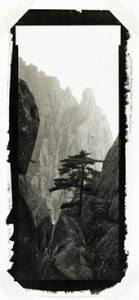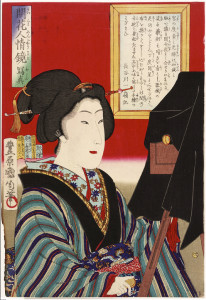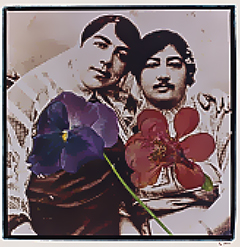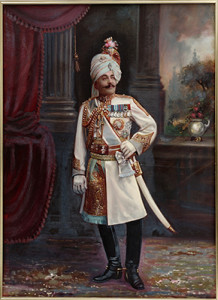Archiving The Freer/Sackler Museums Collection
The Freer/Sackler Museums of Asian Art are a hidden jewel in the Smithsonian complex on the National Mall in Washington, DC. Yearly visitors at the Freer/Sackler number about a half of a million compared to the neighboring Air and Space Museum that exceeds 6.7 million visitors a year.
Several recent announcements from the museum are worth mentioning in this blog.
The Freer/Sackler are the first Smithsonian museums to scan their entire collection (40,000 items) and place it on line in high resolution. The link is called Open F|S and it is the result of a massive staff effort to photograph and create digital records for all Freer|Sackler objects. It took over 6,000 staff hours in 2014 alone and resulted in over 10 terabytes of data. The program began in 1998.
All objects in the collection are digitally photographed and metadata is included in the search results. Unfortunately, all three-dimensional objects are reduced to a two-dimensional view. For instance there are 7,591 vessels, all photographed from one angle.
On their website, the Museum says it hopes to create new features—such as 360-degree images and 3D models of every three-dimensional artwork—over the next few years, but times-a-wasting. As the public becomes more sophisticated and demands a “movie” of each object showing it in it’s entirety, they will have to trot out all the 3D objects in the near future and do it over again.
Of course this is not applicable with two-dimensional photography and art. The collection contains historic photographs of Asia. Shown here are a few of the more interesting images. If the artist is still alive, hi res images can’t be downloaded. Several photographers have work shown in low res and are dead, notably Raghubir Singh (1942-1999), so the collection needs to be updated.
For non-commercial purposes you can download any image in the collection and do whatever you want to do with it. The website even suggests that if you want to cut the images up and make shower curtains out of them, the Smithsonian is not only open to this, but wants a photograph of your “creation” sent to their website.
So why a post about the Freer/Sackler Museums in my photography blog?
How are your images archived? Are they in folders or projects in a application like Adobe Lightroom? What kind of meta data is included?
Not to belittle the photographic mission of the Freer/Sackler, but to record still images of 40,000 items with the same lighting setup was a small part of the project. Researching and adding the metadata (descriptive information) to the photographs was the most time-consuming effort.
I once was sent a booklet of original albumen prints with funny captions written across each image by Peter Spang, curator of the Historic Deerfield Museum. When I expressed surprise at using the originals in such a way, Peter said, “We don’t know who took them or who the subject is, so they are worthless.”
Steve McCurry and the National Geographic went on an exhaustive search to find the famous “Afghan Girl” 20 years later. As I said to Steve, if he had taken better caption information, the search would have been much shorter!
Archive your images!



